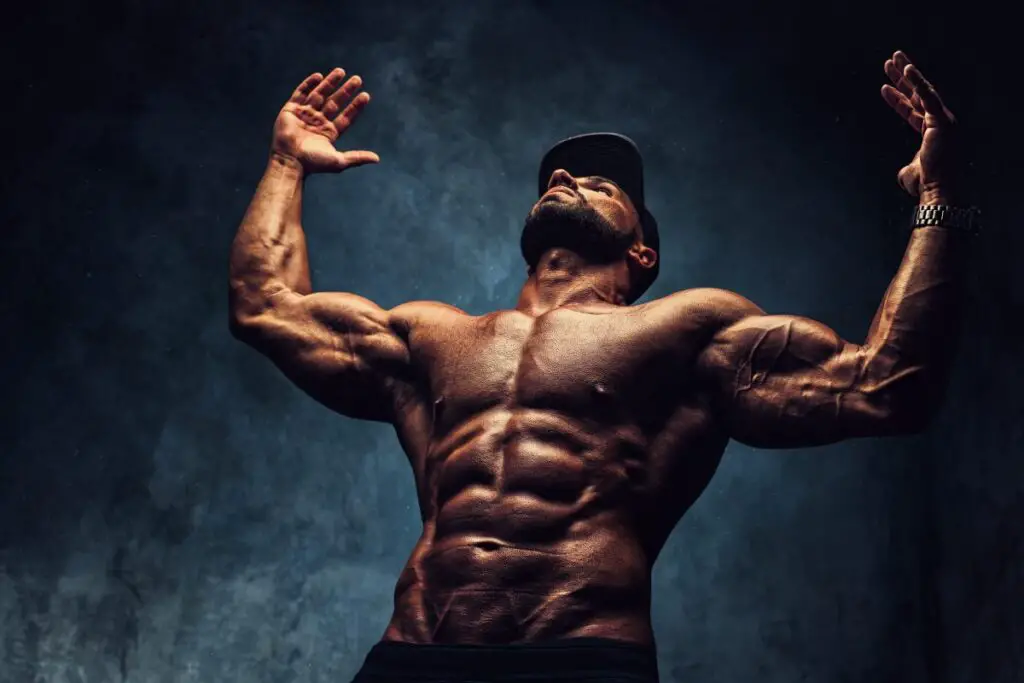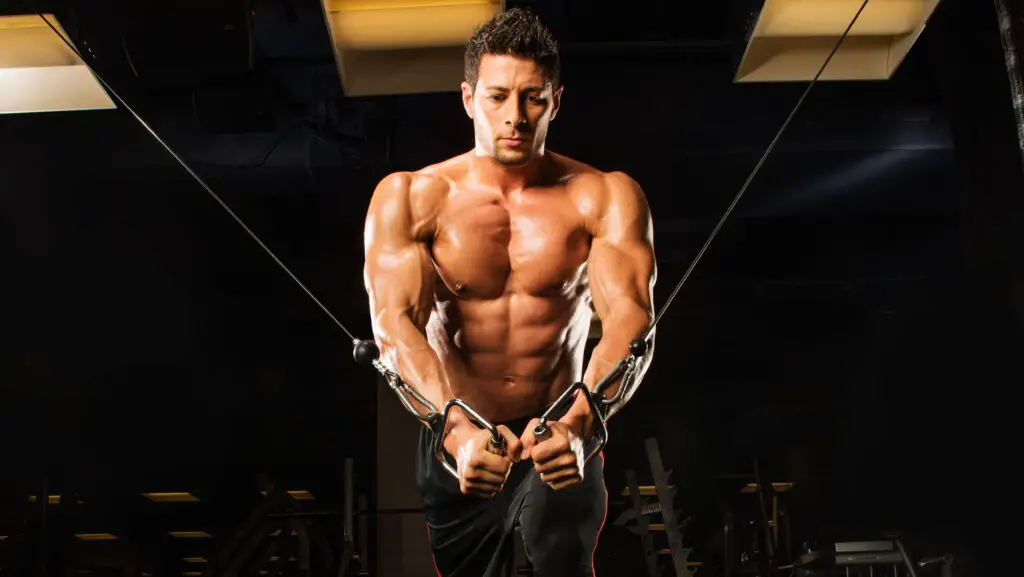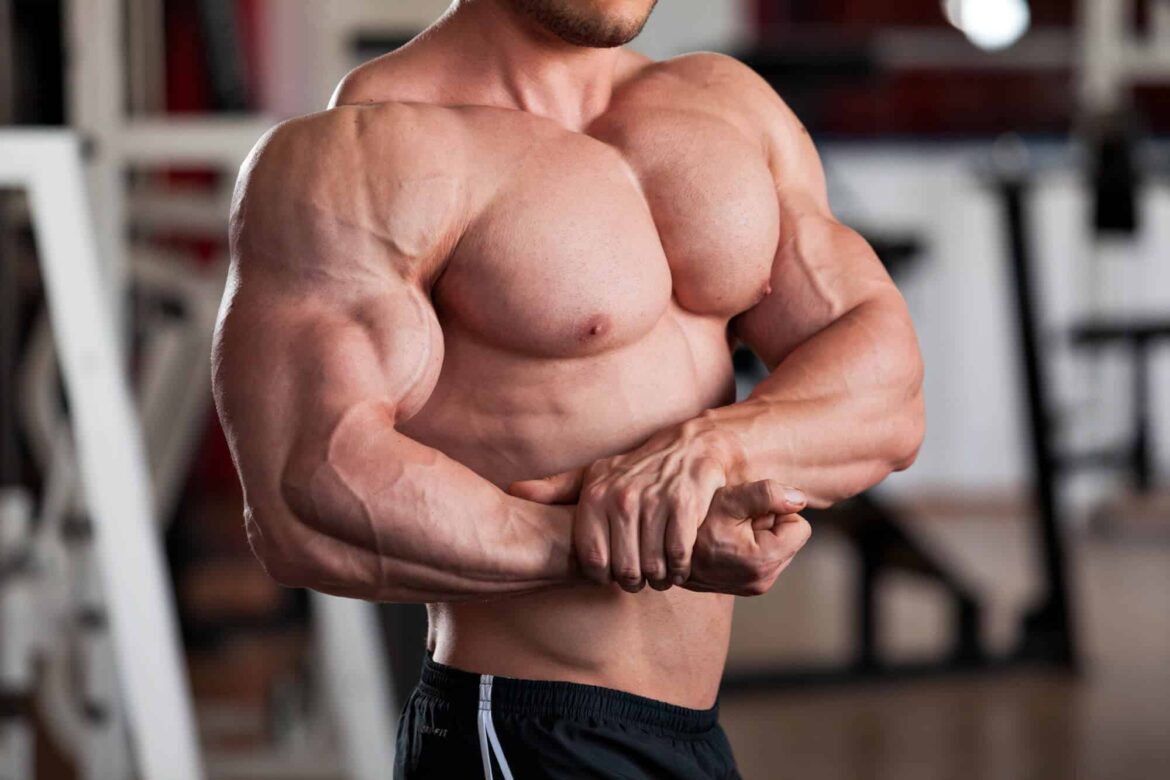Introduction
Do Bodybuilders Stretch: Stretching is an integral aspect of a bodybuilder’s fitness regimen, often overlooked by those unfamiliar with the world of muscle and strength training. While the image of a bodybuilder may conjure visions of heavyweights and bulging muscles, the importance of flexibility and mobility should not be underestimated. In fact, bodybuilders understand that incorporating a regular stretching routine into their workouts is essential for achieving optimal results in terms of muscle growth, injury prevention, and overall physical well-being.
This practice not only enhances the aesthetics of their physique but also plays a vital role in maintaining functional strength and promoting longevity in the demanding world of bodybuilding. Stretching is the deliberate extension and elongation of muscles and tendons, a practice that plays a pivotal role in a bodybuilder’s routine. It’s a common misconception that bodybuilders focus solely on building muscle mass, neglecting flexibility and range of motion. However, this couldn’t be further from the truth.
The reasons why bodybuilders stretch, the various types of stretches they employ, and the extensive benefits it offers to both their bodies and their performance. Beyond just aesthetics, stretching is the foundation for achieving a balanced, injury-resistant, and enduring physique in the demanding world of bodybuilder train. So, let’s unravel the secrets behind why bodybuilders stretch and how this often-overlooked practice contributes to their success.

Is stretching necessary bodybuilding?
Just like warm-ups, stretching is an integral part of sports. This is as true for bodybuilding as for fitness, combat sports, team sports and all other disciplines involving physical effort.
One of the primary purposes of stretching in bodybuilding is to enhance flexibility and range of motion. When muscles are tight and inflexible, they can limit the full range of motion during exercises. Incorporating stretching exercises can help bodybuilders achieve better flexibility, which, in turn, allows for more extensive muscle engagement and development.
Stretching plays a crucial role in injury prevention for bodybuilders. Over time, intense weightlifting and repetitive movements can lead to muscle imbalances and tightness, increasing the risk of strains and injuries. Regular stretching helps alleviate muscle imbalances, reducing the chances of injury.
After an intense workout, muscles can become tense and sore. Stretching aids in muscle recovery by promoting blood flow and reducing post-workout muscle stiffness. This can facilitate a quicker return to training and reduce the discomfort associated with delayed onset muscle soreness (DOMS).
Should bodybuilders stretch everyday?
Even though static stretching may not be ideal before each strength-training session, there’s still a place for it in your training. Adding static stretches to the end of your routine or on rest days can help you develop a fuller range of motion, especially when you hold each stretch for at least 30 seconds.
Improved Range of Motion: Flexibility is crucial for achieving a full range of motion during exercises. When muscles and joints are more flexible, bodybuilders can perform movements with better form and engage their muscles more effectively. This, in turn, can lead to more significant gains in muscle size and strength.
Injury Prevention: The intense and repetitive nature of bodybuilding exercises can put strain on muscles and joints. Stretching helps prevent injuries by reducing muscle imbalances and tension. A flexible muscle is less likely to suffer strains or tears during workouts.
Enhanced Muscle Definition: Flexible muscles appear more elongated and defined, contributing to the aesthetic aspect of bodybuilding. Stretching can help showcase the hard-earned muscle definition, making the physique appear more sculpted.
Reduced Post-Workout Soreness: Stretching after a workout can alleviate muscle soreness and stiffness. It promotes blood circulation, which helps remove metabolic waste products from muscles and accelerates the recovery process.
How long do bodybuilders stretch?
As a bodybuilder, if you stretch before your workouts, there’s data to suggest you should avoid holding a static stretch for more than 60 seconds. In a systematic review, Kay and Blazevich (2012) found that the longer you hold a stretch, the more strength you lose!
Type of Stretch:
Static Stretches: These are typically held for 15-30 seconds. Static stretches aim to elongate muscles gradually and improve flexibility. Bodybuilders often incorporate static stretching at the end of their workouts during the cool-down phase.
Dynamic Stretches: Dynamic stretches involve active movements and are shorter in duration, usually lasting 10-15 seconds per repetition. They are commonly used as part of the warm-up routine to prepare the body for exercise.
PNF Stretches: Proprioceptive Neuromuscular Facilitation (PNF) stretches involve a combination of static stretching and muscle contraction. PNF stretches are usually held for around 30 seconds to 2 minutes, including multiple cycles of stretching and contraction.
Individual Goals:
Flexibility Goals: Bodybuilders aiming to improve their flexibility and range of motion may spend more time on stretching, incorporating longer static or PNF stretches into their routines.
Injury Prevention: Those prioritizing injury prevention may focus on shorter dynamic stretches as part of their warm-up and longer static stretches during their cool-down to reduce muscle tension.
Does stretching change muscle shape?
Stretching has the potential to increase muscle mass by 318%
For supersized success you need to lengthen your fascia, a fibrous sheath surrounding your muscles.
Muscle Definition: Stretching can help improve muscle definition by increasing the distance between muscle fibers. This can create the illusion of more sculpted and prominent muscles.
Aesthetic Balance: Stretching can address muscle imbalances by targeting specific muscle groups. For example, tightness in the chest muscles can lead to rounded shoulders, and stretching these muscles can help improve posture and create a more balanced appearance.
Reduced Muscle Bulk: In some cases, excessive muscle bulk can lead to a less desirable appearance. Stretching can help lengthen and relax overly developed muscles, giving a leaner and more streamlined look.
Enhanced Vascularity: Stretching can improve blood circulation, which can enhance vascularity and make muscles appear more defined.
Will I grow if I stretch everyday?
Can stretching make you taller? From a strictly scientific viewpoint, stretching can’t make you any taller. Stretching elongates and relaxes your muscles, but height has nothing to do with muscles. The structure of your bones determines how tall you are.
Bone Development: The height of an individual is primarily determined by genetics, and the growth of bones is primarily influenced by factors like genetics, nutrition, and hormones, particularly during adolescence. While stretching can improve posture and spinal alignment, it does not have the capacity to increase bone length or influence overall height once the growth plates in the bones have fused.
Posture and Alignment: Daily stretching can promote good posture and spinal alignment, which can make an individual appear taller and more confident. By elongating muscles and reducing muscular imbalances, stretching can help individuals stand taller and carry themselves with greater poise.
Improved Flexibility: Daily stretching is a well-established method for improving flexibility. Flexibility is essential for maintaining joint health and preventing injuries. Regular stretching can gradually increase one’s range of motion, making it easier to perform various physical activities with ease.
Muscle Lengthening: Prolonged and consistent stretching can lead to muscle lengthening over time. While this doesn’t result in an increase in the number of muscle fibers, it can create the sensation of growth, particularly in muscles that have been tight or contracted.
Do you lose flexibility building muscle?
Does building bigger muscles decrease flexibility? “Building bigger muscles doesn’t necessarily mean a decrease in flexibility, provided that resistance training is performed through a full range of motion,” explains Obayuvana.
Muscle Tightness: As muscles grow, they can become tighter due to increased muscle tension. This can potentially reduce flexibility if not addressed through stretching and mobility exercises.
Imbalanced Training: Focusing solely on muscle building without incorporating flexibility exercises or neglecting certain muscle groups can lead to imbalances that limit overall flexibility.
Lack of Mobility Work: Failing to include mobility exercises in a workout routine can hinder joint mobility and limit range of motion.
Incorporate Stretching: Regular stretching exercises, both static and dynamic, can help counteract muscle tightness associated with muscle growth. Stretching after workouts can help maintain or even improve flexibility.
Is it OK to never stretch?
Without it, the muscles shorten and become tight. Then, when you call on the muscles for activity, they are weak and unable to extend all the way. That puts you at risk for joint pain, strains, and muscle damage. For example, sitting in a chair all day results in tight hamstrings in the back of the thigh.
Improved Flexibility: Stretching exercises help improve joint flexibility and muscle elasticity, allowing for a greater range of motion during various physical activities.
Injury Prevention: Stretching can reduce the risk of muscle strains, ligament sprains, and joint injuries by increasing muscle suppleness and promoting better body alignment.
Reduced Muscle Tension: Stretching can alleviate muscle tension and discomfort, particularly in individuals who lead sedentary lifestyles or have physically demanding jobs.
Enhanced Blood Flow: Stretching increases blood circulation to muscles, which aids in the delivery of nutrients and removal of metabolic waste, contributing to muscle health.
Stress Reduction: Stretching routines can have a calming effect on the nervous system, reducing stress and promoting relaxation.
Does stretching prevent bulking?
Traditional Strength Training: Effects on Muscle Strength and Size in Untrained Individuals, stretching could actually help you gain muscle mass when performed between sets.
Improved Muscle Function: Stretching can enhance muscle function by improving muscle elasticity and flexibility. This can help muscles perform better during resistance training exercises, leading to more effective muscle engagement and, potentially, better muscle development.
Reduced Risk of Injury: Stretching before and after workouts can reduce the risk of muscle strains and injuries. An injury can set back progress in muscle bulking, making injury prevention through stretching an essential aspect of any training regimen.
Post-Workout Recovery: Stretching after a workout can aid in muscle recovery by increasing blood flow to the muscles, reducing post-exercise soreness, and promoting faster recovery. This can allow for more frequent and intense workouts, which can support muscle bulking efforts.

Conclusion
The practice of stretching holds a fundamental place in the routines of bodybuilders, adding a layer of depth and sophistication to their pursuit of physical excellence. While the image of bodybuilders may conjure visions of intense weightlifting sessions, it is crucial to recognize that their dedication extends beyond building impressive muscle mass. Stretching is a critical element in their journey, as it offers an array of benefits that contribute to their overall success.
Bodybuilders stretch to improve their flexibility, enhance their range of motion, and prevent injuries that could impede their progress. By incorporating various types of stretches, such as static, dynamic, and PNF stretches, they prepare their muscles for the rigorous demands of resistance training, allowing for better muscle engagement and development. Moreover, stretching aids in muscle recovery, reducing post-workout soreness and promoting a more rapid return to training.
Beyond the physical advantages, bodybuilding flexibility also understand the mental benefits of stretching. It fosters mindfulness and relaxation, which can help reduce stress and improve focus during workouts. Additionally, it promotes better posture and body awareness, ensuring that the gains achieved through strength training are not compromised by imbalances or limitations in movement.

